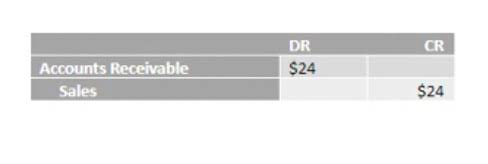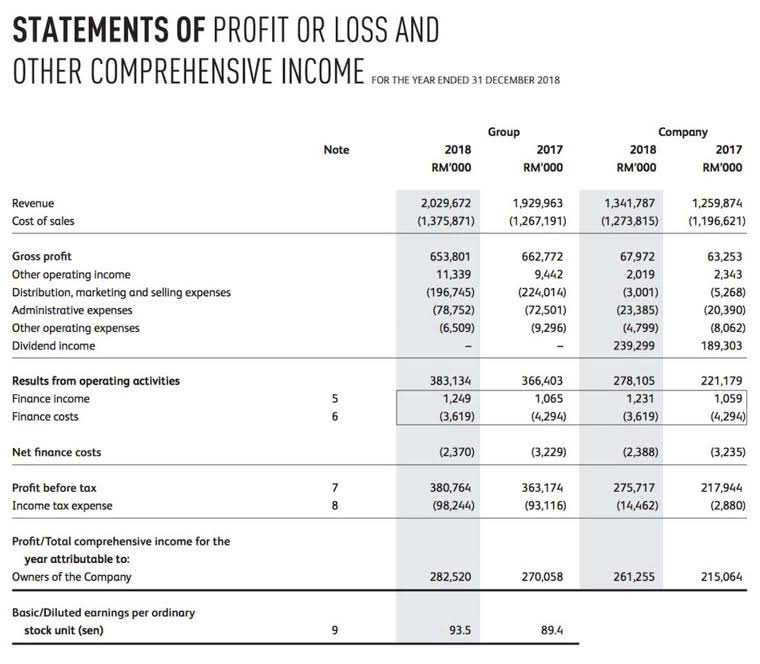Liabilities In Accounting What Is It, Examples & Types

In accordance with GAAP, liabilities are typically measured at their fair value or amortized cost, depending on the specific financial instrument. Listed in the table below are examples of current liabilities on the balance sheet. When cash is deposited in a bank, the bank is said to "debit" its cash account, on the asset side, and "credit" its deposits account, on the liabilities side.
Other Definitions of Liability

It means that crediting liability accounts increases their balances while debiting them decreases their balances. While both accounts payables and accrued expenses are liabilities, they differ in kind. AP is the total amount of short-term obligations and/or debt a company has to pay. This is to its creditors (vendors) where goods and/or services were purchased on credit. With accounts payable, the supplier’s invoice must be received and is then recorded. One of the main reasons for balancing assets and liabilities is to achieve financial stability.
- Another way to increase your current assets is to sell non-liquid assets for cash.
- At that time, too many employees may be viewed as a negative liability from a contextual standpoint.
- Basically, any money owed to an entity other than a company owner is listed on the balance sheet as a liability.
- These liabilities may or may not materialize, and their outcome is often uncertain.
- Business owners can also use working capital and net working capital to guide strategic decisions, such as where to invest their money.
- If the company does not remit the sales tax at the end of the month, it would record a liability until the taxes are paid.
Liabilities In Accounting Explained
Contingent liabilities are only recorded on your balance sheet if https://www.bookstime.com/blog/financial-forecasting-for-startups they are likely to occur. Using accounting software can help ensure that each journal entry you post keeps the formula in balance. If you use a bookkeeper or an accountant, they will also keep an eye on this process. Let’s take a look at how to compare your assets and liabilities with this example.
Payment links: How they work and how to use them
For example, there are fintech solutions that can automatically create invoices for your suppliers, which saves you time from manual data entry. This reduces staffing costs, as well as potential loss from data entry mistakes. Avoid holding excessive stock in your inventory to minimise wastage and unnecessary storage costs. This helps to reduce your overall expenses, thus reducing your current liabilities. Here, we’ll look at some limitations of using working capital to assess your business’ financial health.
- These obligations can offer insights into a company’s ability to manage its debts and its potential capacity to take on additional financing in the future.
- For example, having positive working capital can attract investors, as it shows the business' ability to run its daily operations and pay off its short-term debts.
- A concept known as double-entry bookkeeping also called double-entry accounting is the backbone of basic accounting.6Financial Accounting Foundation.
- Because current liabilities are payable in a relatively short period of time, they are recorded at their face value.
- These can seriously affect your financial position and create confusing cash flow statements.
- These may be short-term or long-term, depending on the terms of the loan or bond.
Essential Accounting Software for Growing SaaS Businesses
Essentially, the time value of money means that cash received or paid in the future is worth less than the same amount of cash received or paid today. This is because cash on hand today can be invested and thus can https://www.facebook.com/BooksTimeInc/ grow to a greater future amount. When preparing a balance sheet, liabilities are classified as either current or long-term. These can play a critical role in the long-term financing of your business and your long-term solvency. If you’re unable to repay any of your non-current liabilities when they’re due, your business could end up in a solvency crisis. Any mortgage payable is recorded as a long-term liability, though the principal and interest due within the year is considered a current liability and is recorded as such.

These expenses are not considered liabilities since they represent obligations that have already been met. Large companies and governments often utilize bonds to acquire additional capital. They can help a business pay for large expansions and are issued as secured bonds or unsecured bonds. The largest debts owed within this category tend to be bonds, often referred to as long term debt.
- Liabilities are a component of the accounting equation, where liabilities plus equity equals the assets appearing on an organization's balance sheet.
- Other balance sheets are presented using the report-form method, which is the most common method of balance sheet presentation.
- Still, it generally suggests a need for better cash management or adjustments in operation.
- Plus, making sure that they get recorded properly on your balance sheet is just as important.
- Years later, those hired employees could be laid off due to a slowing economy.
- One way to increase your current assets is to take on a long-term debt.
Non-current liabilities are due in more than one year and most often include debt repayments and deferred payments. Negative working capital may then be a sign of poor financial health and liquidity issues. Businesses with negative working capital may struggle to repay loans, and may have to seek external funding or conduct cost-cutting measures to cope. But, it's important to note that negative working capital isn't always bad. It can be typical in industries like retail or fast food, where companies can turn over inventory and generate cash rapidly. what accounts are liabilities Still, it generally suggests a need for better cash management or adjustments in operation.

Key Differences Between Accounts Payable and Accrued Liabilities
However, a balance is necessary as some liabilities, like business loans, can help achieve growth. No, assets vary in value based on their liquidity, potential for appreciation, and role in generating income. For example, cash is more liquid than real estate but may not appreciate over time like property can. When liabilities exceed assets, it leads to negative net worth, which can cause financial strain. It indicates that a person or business may struggle to meet its financial obligations. Yes, liabilities like loans can be beneficial if used wisely, such as financing investments that generate income or improve financial standing over time.

Resources
The term can also refer to a legal obligation or an action you’re obligated to take. It might signal weak financial stability if a company has had more expenses than revenues for the last three years because it's been losing money for those years. This measure would be useful when a business needs to know its immediate liquidity, especially in times of economic uncertainty when converting inventory to cash would take more time and effort.

